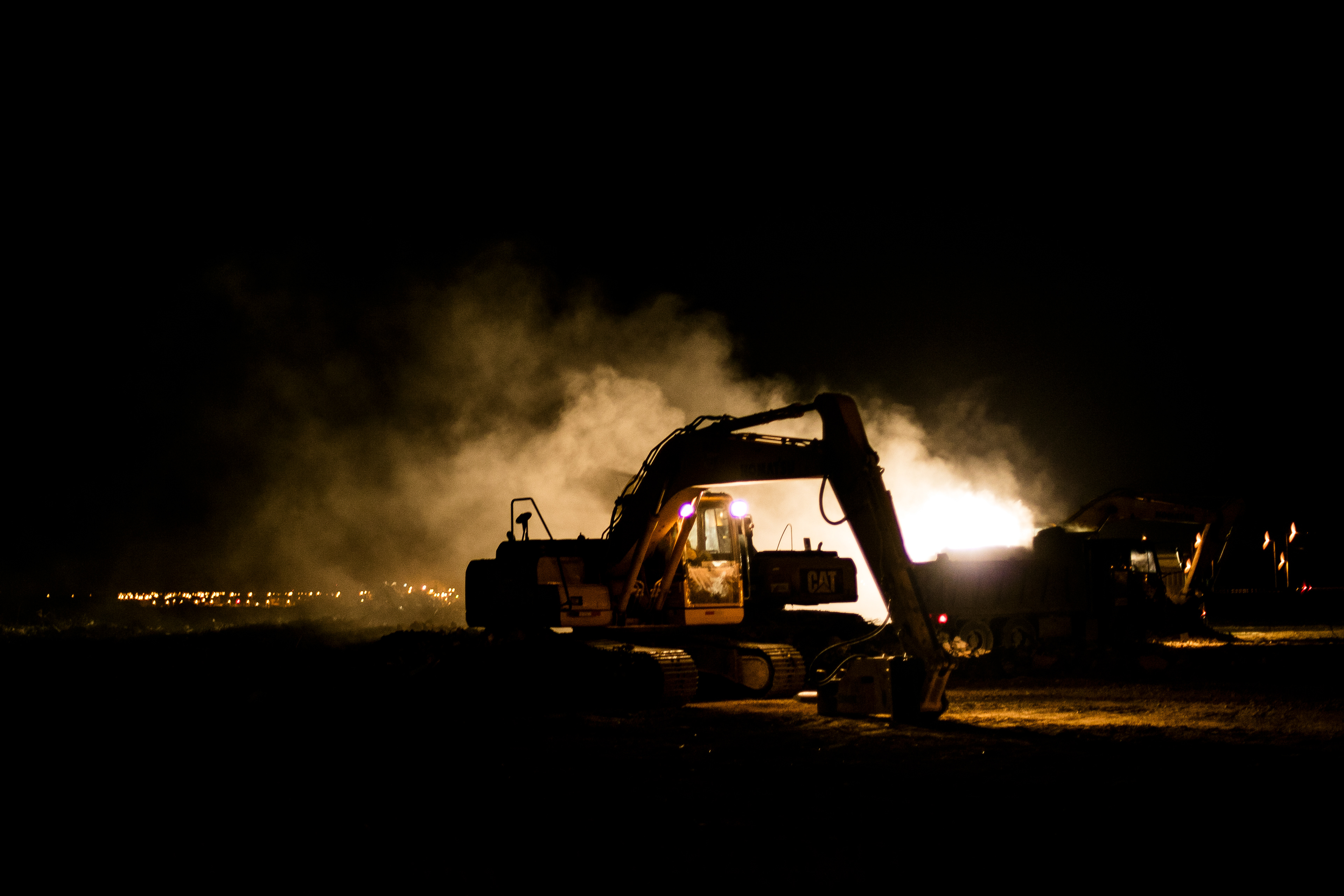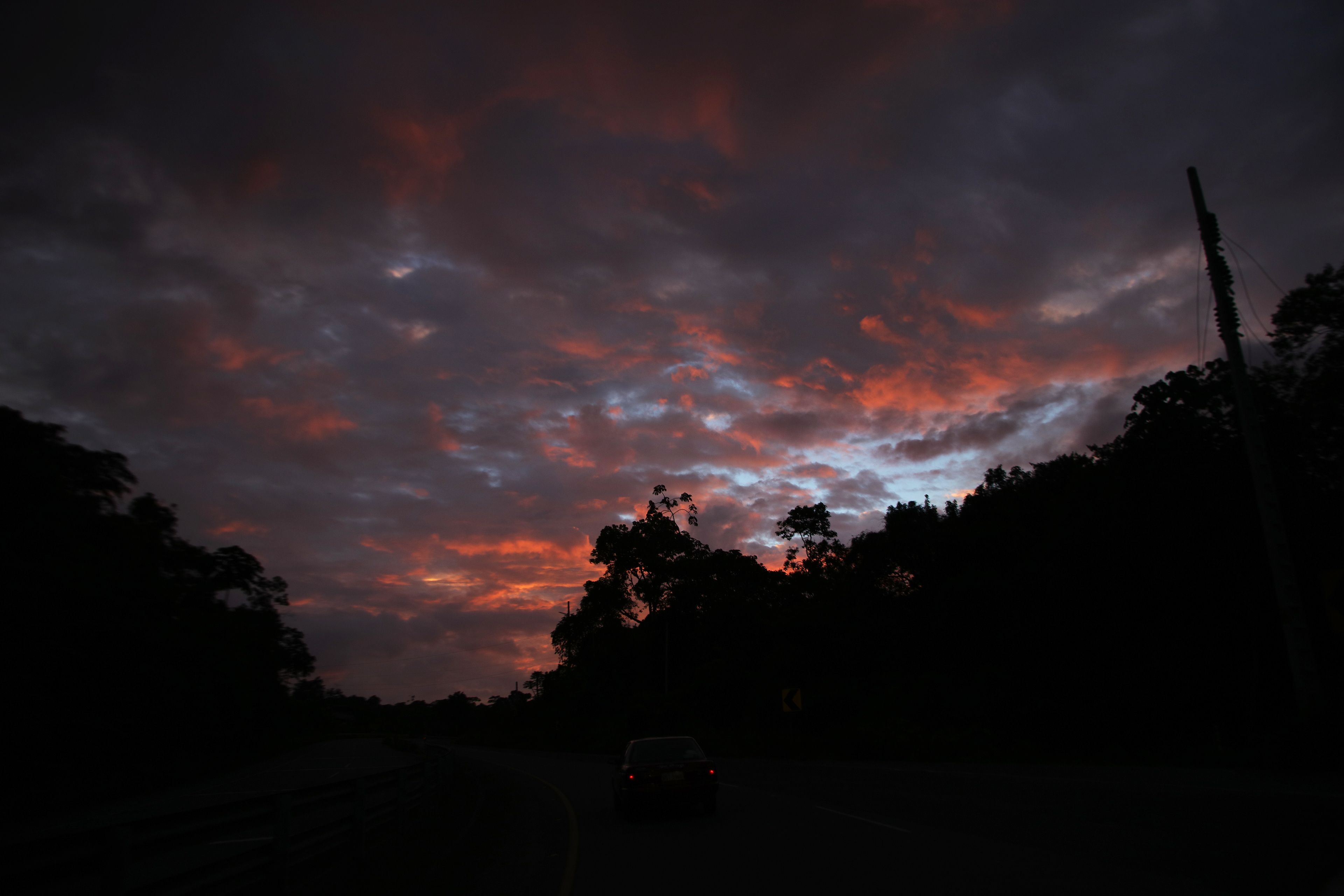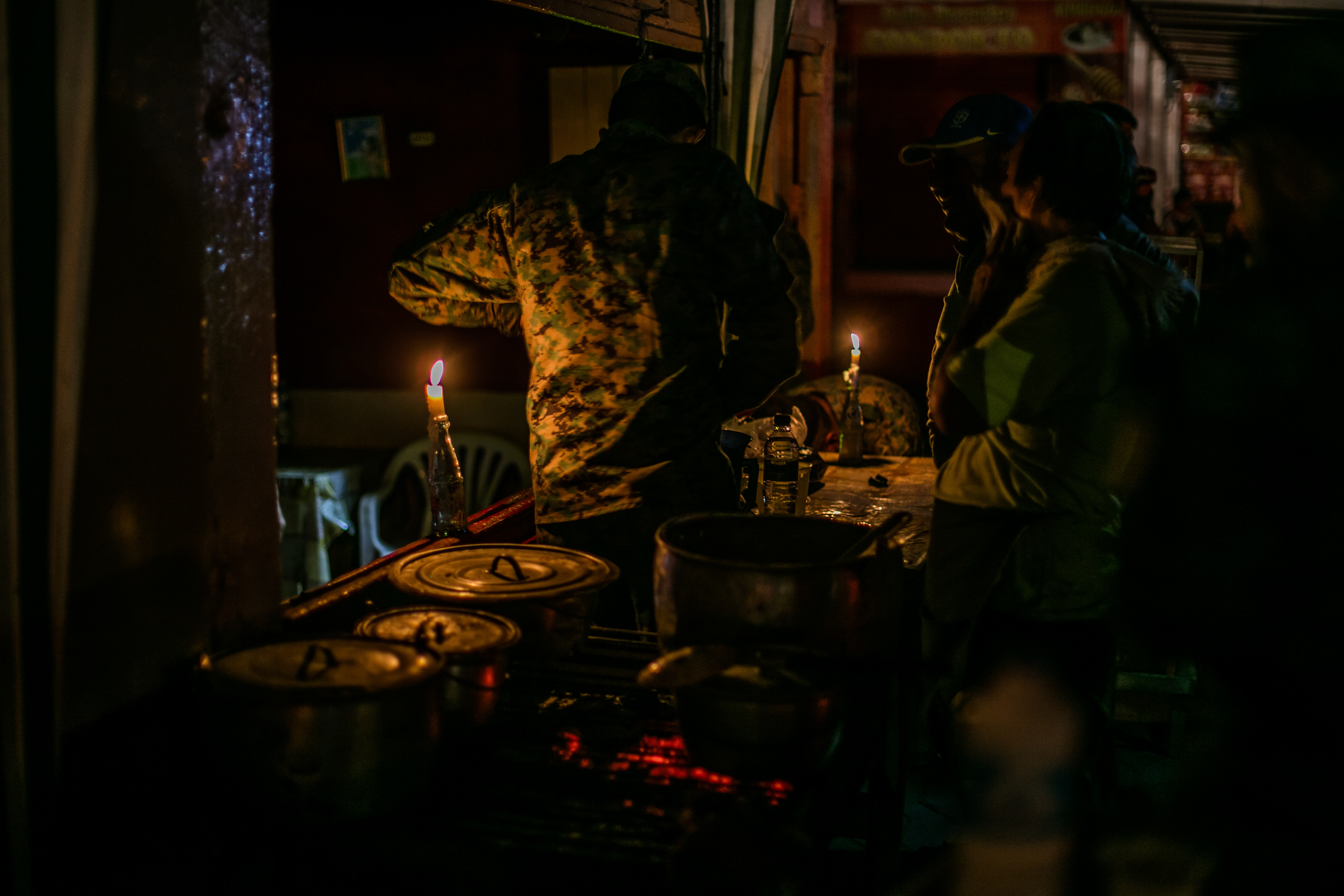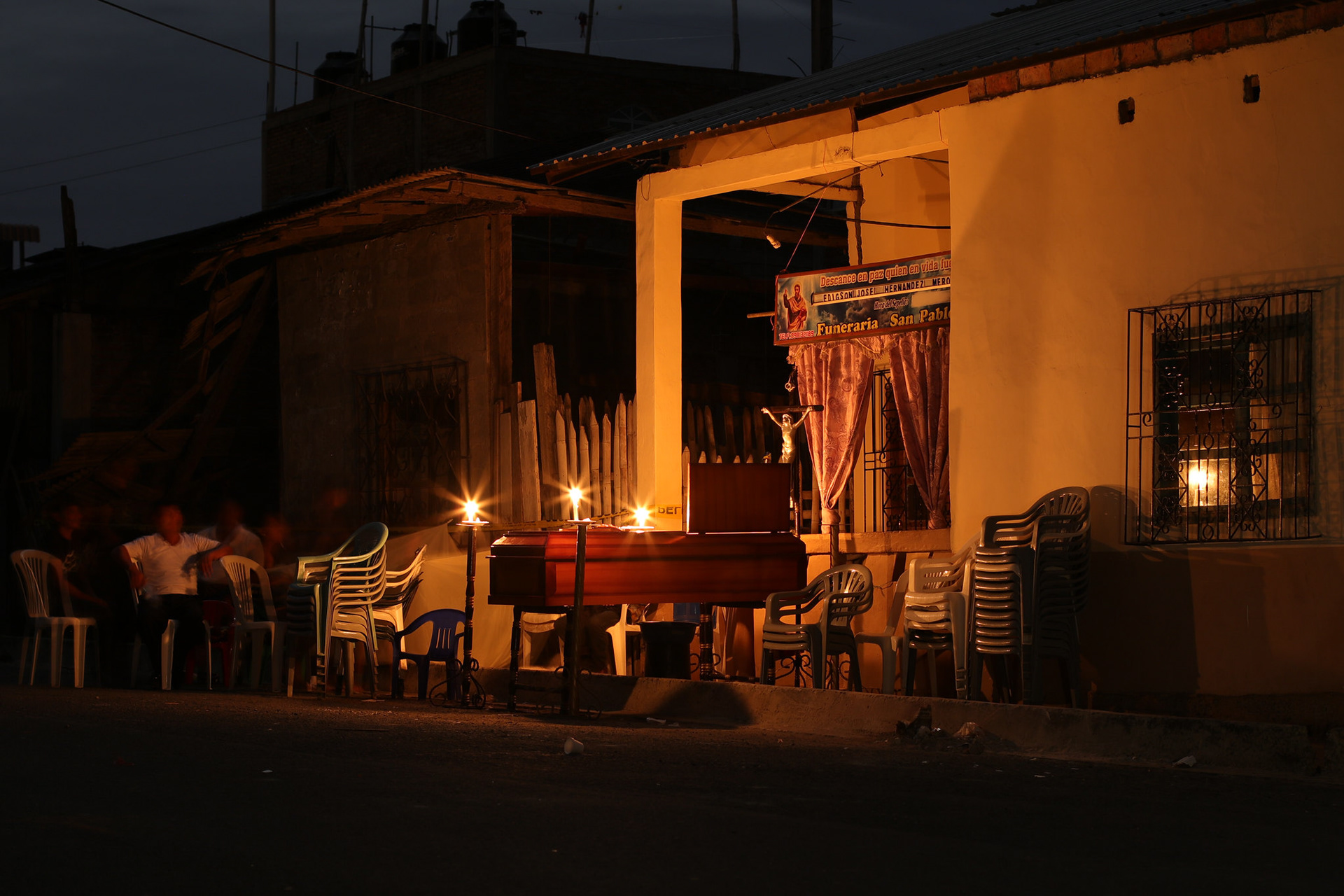




On April 16, 2016, a 7.8-magnitude earthquake struck the coast of Ecuador. The epicenter was in the province of Manabí, and the devastation spread across cities like Pedernales, Portoviejo, and Manta. Entire neighborhoods collapsed. Families were buried under rubble. In a matter of seconds, thousands lost homes, loved ones, and any sense of safety.
As a photojournalist, I arrived in the days that followed—not as an outsider, but as an Ecuadorian with a deep responsibility to witness and to document. What I encountered went far beyond the statistics and headlines. The destruction was total in some areas, but what struck me most was the silence after the chaos: broken buildings, twisted metal, and the eerie stillness of places that once held life.
For weeks, I followed the traces of this disaster. I photographed people sleeping in makeshift tents, waiting in endless lines for water, and salvaging what little remained. I saw grief, of course, but also strength. In the midst of collapse, there was solidarity. Entire communities rose to support one another, even when state help arrived late or not at all.
This series is a record of that moment—raw, difficult, and necessary. Through my lens, I tried to respect the dignity of those affected while showing the full scale of the trauma. My role wasn’t just to report, but to remember. Because long after the media moved on, the people of Manabí continued rebuilding their lives from the ground up.
Photographing this tragedy changed the way I see my work. It reminded me why we document: not only to inform, but to carry memory forward.






